Worst Sequel Innovations
Top 10 Worst Sequel Innovations of All Time!
Sequels have become increasingly important to the video game industry due to rising development costs. Publishers assume less risk on IPs that have already been proven, and companies can save time by reusing assets, game engines, and ideas. This is not to say that it’s easy to make a successful sequel, however. It’s important to introduce new ideas to prevent franchises from sliding into irrelevancy, but you should never mess with a good thing. The games on this list are not necessarily bad, but they all featured innovations that were poorly implemented or completely unnecessary. (To keep things interesting, I’ll avoid mentioning trends like micro-transactions, day-one DLC, and “always online” requirements. These issues are industry-wide and often the result of executive meddling rather than conscientious design choices made by game developers.) The gameplay mechanics on this list were intended to make their franchises better, but they failed spectacularly. I wish these ideas had never been born!
10
To the Batmobile!
Batman: Arkham Knight
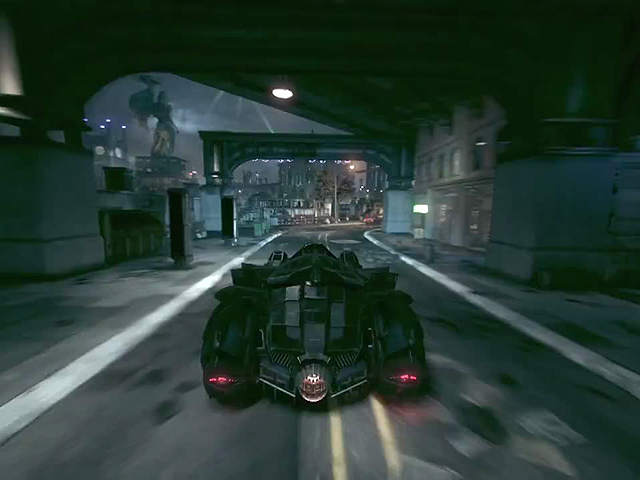
With a few notable exceptions, I’ve never been especially fond of vehicle sections in non-vehicle games. Batman: Arkham Knight is one of the worst offenders in this regard. The Arkham games were built on action, stealth, and exploration, but Arkham Knight ventured into new territory with the introduction of the Batmobile. Batman’s iconic vehicle could smash through barricades, fire missiles, and perform awesome jumps, but it was given too much screen time. Rocksteady never found a way to include the Batmobile in earlier Arkham games, but Arkham Knight used the vehicle for transportation, puzzle-solving, and combat. Although it sounds cool on paper, the Batmobile sections feel tedious after the initial adrenaline rush wears off. The timed races and specific driving challenges are beyond silly, and the “battle mode” sections feel like watered-down versions of Twisted Metal. These challenges are not objectively bad, but they’re repetitive. The Batmobile is almost as iconic as Batman himself, but I think it would have made more of an impact in the game if it was used sparingly. If Donkey Kong Country had fifty mine cart stages instead of two, I doubt they would be fondly remembered today. Sometimes less is more.
9
Ground Missions
Star Wars Rogue Squadron III: Rebel Strike
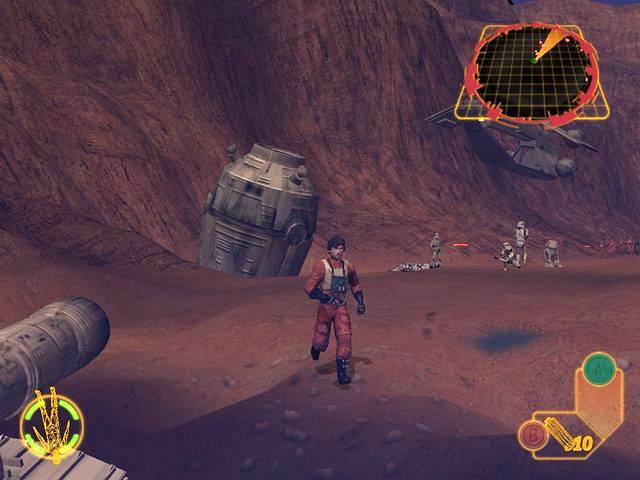
Rogue Leader made excellent use of the Star Wars license, and most of its environments and set pieces were lifted straight out of the classic trilogy. Players could fly through the Death Star trench, trip Imperial walkers on the icy planet of Hoth, and fend off onslaughts of enemy TIE fighters during the Battle of Endor. There were nearly a dozen different ships in the game, and the graphics and sounds made you feel like you were in the movies. Factor 5 left little room for improvement from a technical standpoint, but they added some variety to the sequel by allowing players to leave their starfighters. The on-foot missions in Rebel Strike let players re-live even more moments from the classic films, but they lacked the polish of the flight-based scenarios. The various vehicles were near-perfect facsimiles of their movie counterparts and Factor 5 spent years refining the flight controls. The character models looked janky in comparison, and the controls for the on-foot missions were downright awkward. You couldn’t even control where you were aiming! The only thing exciting about the on-foot missions was the prospect of jumping back into a cockpit when they were finished.
8
Forced Co-Op
Resident Evil 5
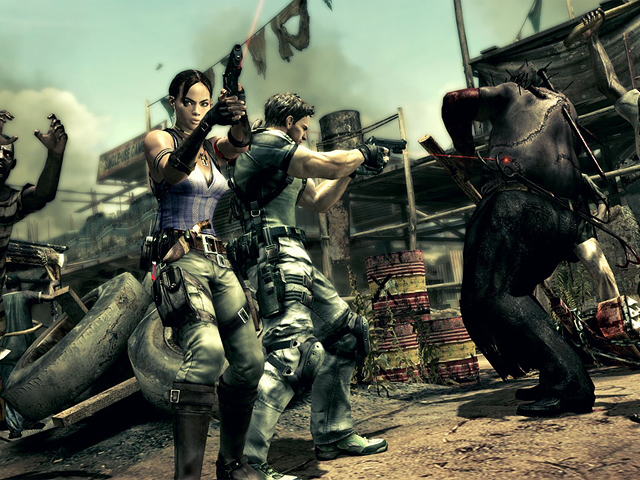
There’s nothing wrong with video game sequels breaking convention, and there’s no reason a franchise should have to remain married to a single genre. Alien is one of the best horror films of all time, while Aliens is one of the best action movies to ever grace the silver screen. On that note, there’s nothing inherently wrong about Resident Evil moving away from its survival/horror roots in favor of action-based gameplay. That being said, the forced co-op in Resident Evil 5 left a bad taste in my mouth. The game was designed with two-player cooperative gameplay in mind, so the single-player experience forces you to partner up with an AI-controlled character. Sheva could have been an intriguing heroine, but her AI was mind-numbingly stupid and she sucked at killing zombies. She’s basically a glorified pack mule, but you’ll have to be mindful of what items you let her carry since she uses ammo recklessly and will waste all of your healing items. A chain is only as strong as its weakest link, and the single-player experience in Resident Evil 5 is only as worthwhile as your AI partner. The game feels like those group projects in school where you end up doing all the work. I wish Capcom gave me the option of playing the game myself and then just putting Sheva’s name on it when I was finished.
7
Carpooling
Mario Party 9
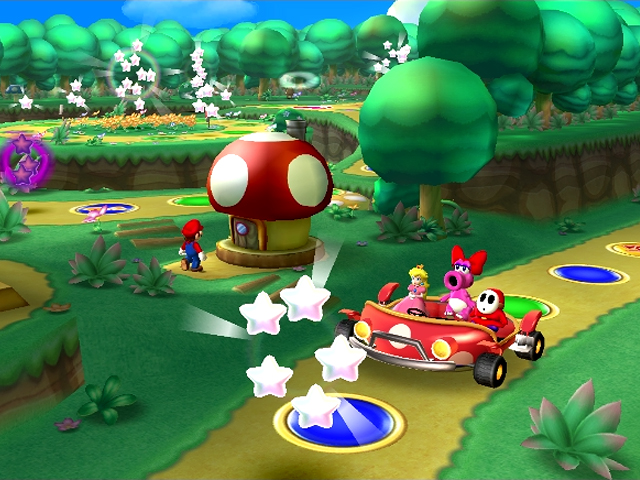
Public transportation is something that should be encouraged, but the concept was taken to ridiculous extremes in Mario Party 9. The Mario Party games are inspired by traditional board games, and most of them allow the players to take turns advancing around the board. Mario Party 9 differentiated itself from its predecessors by placing all of the characters in a single vehicle. Players travel around the board together instead of moving independently of one another, and this makes the boards themselves feel inconsequential. In past Mario Party games, you could use your knowledge of the board to gain an advantage over your opponents. The linear progression in Mario Party 9 makes the experience feel less like a board game and more like a shallow collection of mini-games. Many of the items from past games were rendered obsolete by the new style of movement, and it generally felt like you had less freedom. The mini-games themselves were still a lot of fun and I appreciate that the developers were trying something new, but Nintendo could have simply taken a break from Mario Party if they were worried about franchise fatigue. It feels like Mario Party 9 was designed specifically for people with short attention spans, and I was disappointed to see the vehicle concept return in Mario Party 10.
6
TruPhysics
Twisted Metal III
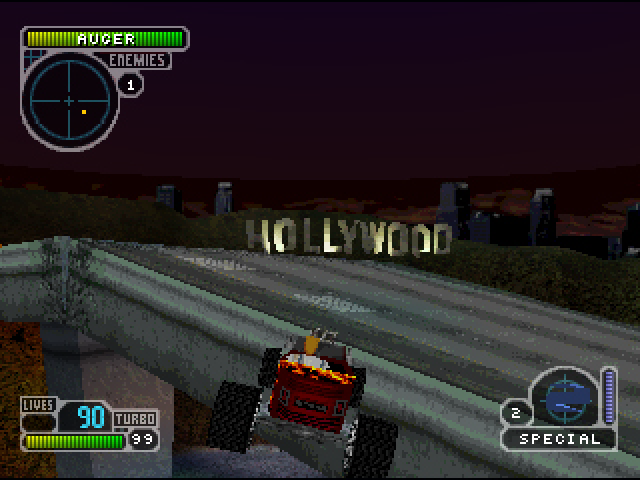
After developing the first two Twisted Metal games, SingleTrac was acquired by GT Interactive. Sony retained the rights to the franchise, however, so they commissioned 989 Studios to create a sequel. The most noteworthy addition to Twisted Metal III was the “TruPhysics” engine which was supposed to give the game a more realistic feel for some reason. Words cannot express how stupid this idea was. It’s a series where ice cream trucks, giant tanks, and human axles can jump off roof tops and knock down buildings, so I doubt fans of the series were concerned with “realism.” The vehicles in Twisted Metal III regularly flip over, and players are basically penalized for performing stunts and trying to have fun. Clearly, 989 Studios had no idea why the series was so beloved in the first place. Thankfully, Twisted Metal: Black was handled by a new design team that understood the franchise. The story in Twisted Metal III is now considered non-canon and every effort has been made to erase the game from history. Sony wants to pretend that Twisted Metal III doesn’t exist, and I think everyone else should too.
5
Flash Liquidizer Ultra Dousing Device
Super Mario Sunshine
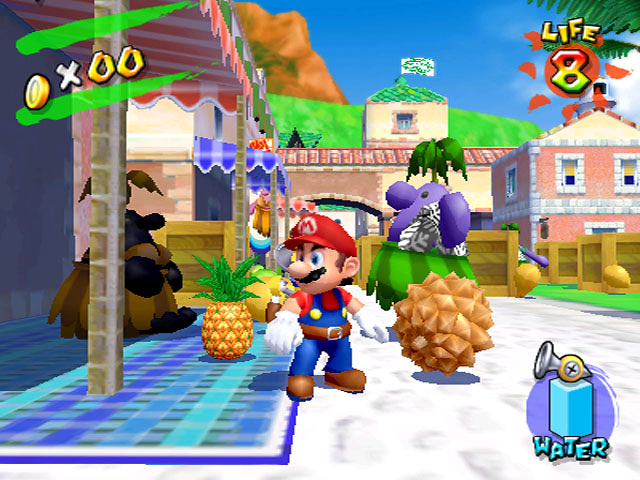
After Super Mario 64 revolutionized the industry in 1996, fans had to wait seven years for a follow-up. Super Mario Sunshine was not a bad game by any stretch of the imagination, but it fell short of expectations in a number of areas. The environments lacked variety, the character designs sucked, and half of the objectives revolved around collecting coins. The game’s biggest innovation was in the form of a water pack that was strapped to Mario’s back. Past Mario games were built around running and jumping mechanics, but Sunshine slowed things down by requiring players to wash walls and clean up graffiti. The water pack allowed Mario to jump higher and increase his speed in certain situations, but its hovering abilities effectively removed any need for precision platforming since they provided players with a constant safety net. The most creative and memorable sections in the game were the ones that removed the water pack from the equation altogether! Nintendo deserves credit for trying something new, but the water pack wasn’t compelling enough to base their flagship franchise around.
4
Baby’s First Grand Theft Auto
Jak II
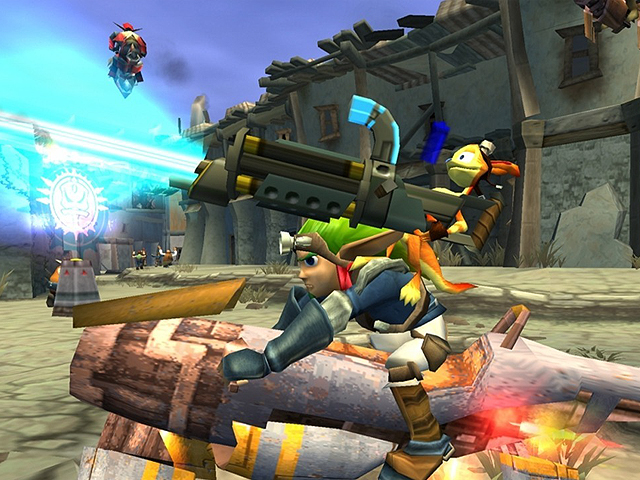
Jak & Daxter was praised for its colorful art and whimsical characters, but Jak II was a giant step in the wrong direction. In a misguided attempt to make their game more appealing to “mature” audiences, Naughty Dog pursued every bad cliché known to man. The colorful environments were replaced with dystopian worlds, and Jak became a generic, brooding protagonist with a goatee. The gameplay also underwent significant changes, and our heroes were suddenly toting guns, stealing cars, and killing innocent bystanders. The developers were obviously following industry trends and were presumably trying to make a platformer that would appeal to hardcore gamers, but Jak II felt like a low-rent sandbox game. Jak & Daxter wasn’t exactly the most creative game ever made, but at least it had its own identity. Jak II may as well have been named Jak Theft Auto. The third game adopted a more lighthearted tone, but the damage had already been done. Today, the Jak series is about as relevant as Bubsy.
3
Level Scaling
Final Fantasy VIII
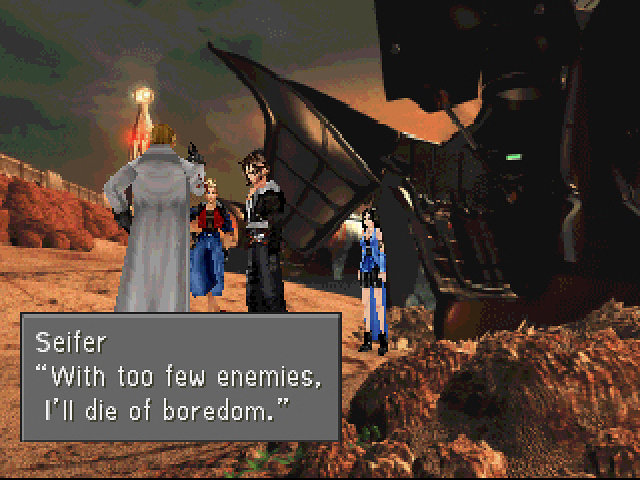
I had a few issues with Final Fantasy VIII, but my biggest complaint was the fact that the enemies leveled up in lockstep with the player’s party. Battles often felt counter-productive since enemy mobs would grow stronger whenever you did, and any sense of organic progression was lost as a result. In past Final Fantasy adventures, you could venture into areas where you would be completely overwhelmed by the enemies. If you could survive through these tough battles, you would be rewarded with experience points that reflected your accomplishments. There was a built-in incentive to challenge yourself, and the prospect of becoming stronger than your enemies was a powerful motivating factor. (Of course, players could also grind for experience by fighting weaker enemies if they were willing to invest the time.) Final Fantasy VIII‘s “junction system” encourages players to draw spells from enemies and improve their stats by gaining ability points, but it’s a valid strategy to avoid battles outright in order to keep your enemies weak. To put it another way, Final Fantasy VIII will be easier if you play it less. That’s not the mark of good game design.
2
Tripping
Super Smash Bros. Brawl
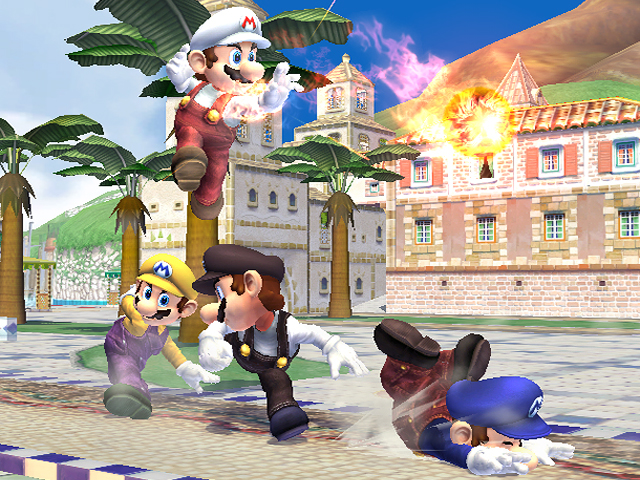
Super Smash Bros. Brawl has a larger roster, more modes, and better graphics than its immediate predecessor, but Melee is widely considered to be the better game – especially within the competitive gaming community. The general consensus is that Brawl is more casual than Melee was, and the random prat falls that were added to the game are indicative of this fact. Whenever the control stick is smashed in Brawl, there’s a chance that the character will trip and end up in a state of confusion. This change was apparently implemented to discourage excessive dashing and pivoting, though characters can also trip while setting up special moves. Prat falls were an unnecessary addition to the game and introduced an element of chance that was not conducive to competitive play. Even though they have the potential to turn a match around, there’s no strategic element to prat falls since they’re virtually impossible to predict. It’s annoying when you randomly trip in the game, and no satisfaction is gained when your opponent falls down for no reason. Thankfully, random tripping was removed when Super Smash Bros. was released for the Nintendo 3DS and Wii U.
1
Infinite Spinning
The Next Tetris
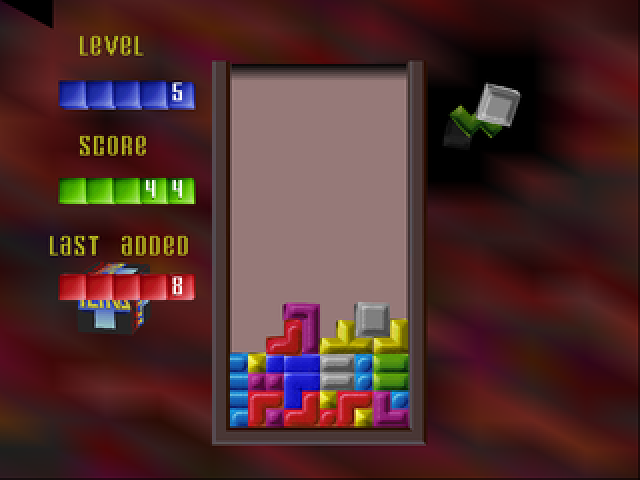
The premise of Tetris is simple. Blocks fall from the top of the screen, and you try to find a place to fit them before they land. If you’re unable to find a suitable place for them, the blocks will start to pile up and the game will become more difficult. Players are forced to think faster as the game speeds up, and a single mistake can be catastrophic. In 1999, The Next Tetris introduced a new feature that would keep a tetromino in play as long as the player was spinning it. This was a radical change from previous games where the blocks would be locked in place as soon as they were grounded. The ability to spin a piece infinitely gives players more time to correct mistakes and effectively allows them to stall for time since they can prevent the next piece from falling. This mechanic makes the game less challenging and trivializes high-score runs, and some contend that it breaks the game outright. Although many different companies have released Tetris games, they were ultimately beholden to the guidelines set in place by the Tetris Company. The people in charge argue that the “infinite spin” mechanic makes the game more appealing to beginners and are quick to point out that you won’t see any gratuitous spinning in competitive play. As someone who is neither a beginner nor a competitive Tetris player, the infinite spinning mechanic only serves to make the game less exciting. Some versions limit how long a piece can stay active and other versions let you toggle the feature off altogether, but I maintain that “infinite spin” should never have been a standard mechanic in the first place.

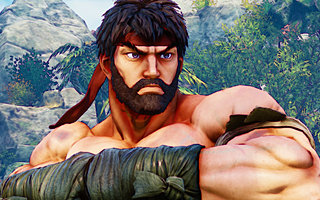
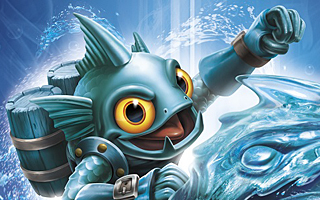
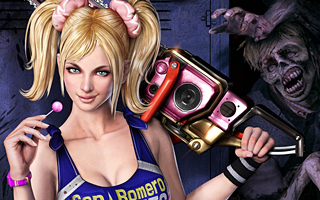
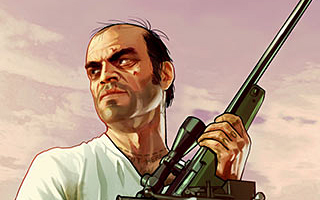
Do you agree with this list? Let us know what you think by leaving a comment below. Your opinion matters!